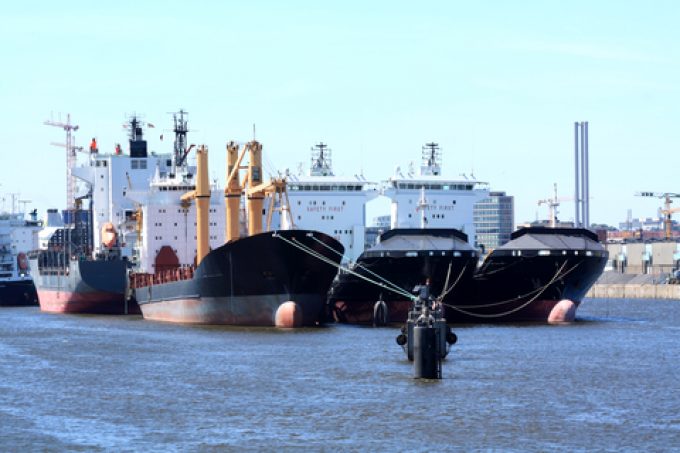Transpacific sees first major MSC blanks as rates fall and volumes falter
Following nine weeks of consecutive declines in spot freight rates on the transpacific, carriers are ...

The liner industry is set for a potential spike in idled containerships this winter, as the blanking and sliding strategies of ocean carriers is replaced by the widespread lay-up of surplus tonnage.
The adoption of longer-term “winter schedules” by carriers is seen as a more stabilising capacity management tool than seemingly ad-hoc blanking programmes. Carriers will be able to temporarily rejig their networks and idle ships not required.
And the delivery of yet more 24,000 teu ultra-large container vessels (ULCVs) could not ...
Volcanic disruption at Anchorage could hit transpacific airfreight operations
Shippers snap up airfreight capacity to US ahead of tariff deadline
New price hikes may slow ocean spot rate slide – but for how long?
Tighter EU import requirements proving 'a challenge' for forwarders
Looming Trump tariffs will create 'a bureaucratic monster' for Customs
Airfreight demand expected to weaken through Q2
Real test of Gemini hub and spoke model yet to come, says Maersk

Comment on this article